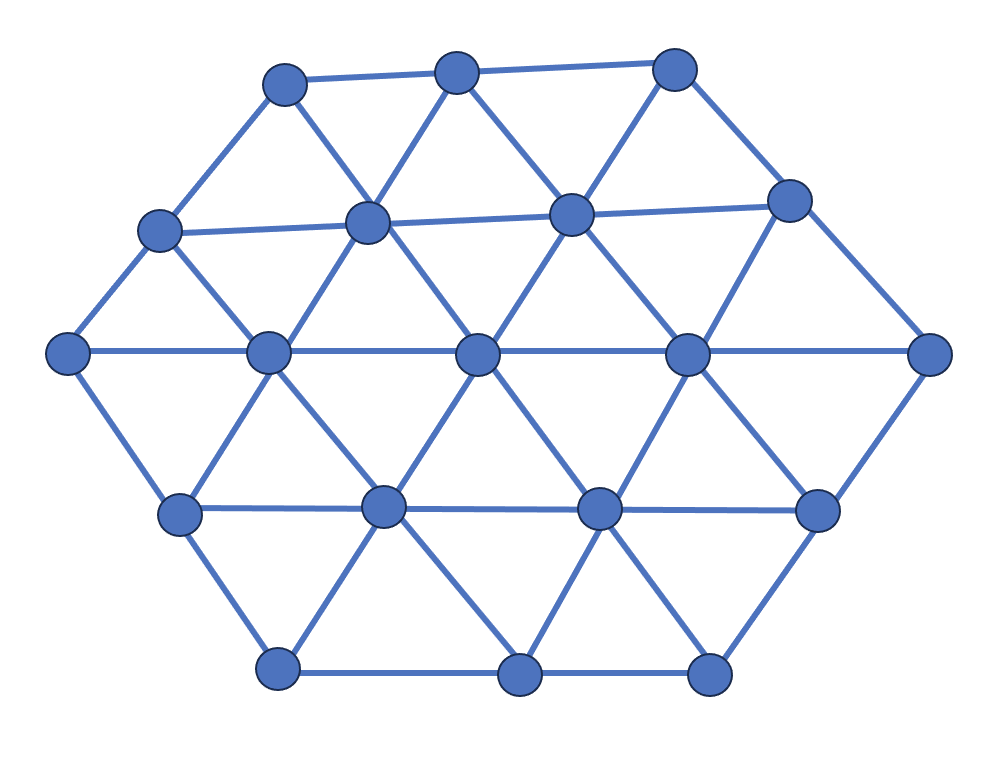When students learn multivariable calculus they're typically barraged with a collection of examples of the type "given surface X with boundary curve Y, evaluate the line integral of a vector field Y by evaluating the surface integral of the curl of the vector field over the surface X" or vice versa. The trouble is that the vector fields, curves and surfaces are pretty much arbitrary except for being chosen so that one or both of the integrals are computationally tractable.
One more interesting application of the classical Stokes theorem is that it allows one to interpret the curl of a vector field as a measure of swirling about an axis. But aside from that I'm unable to recall any other applications which are especially surprising, deep or interesting.
I would like use Stokes theorem show my multivariable calculus students something that they enjoyable. Any suggestions?


